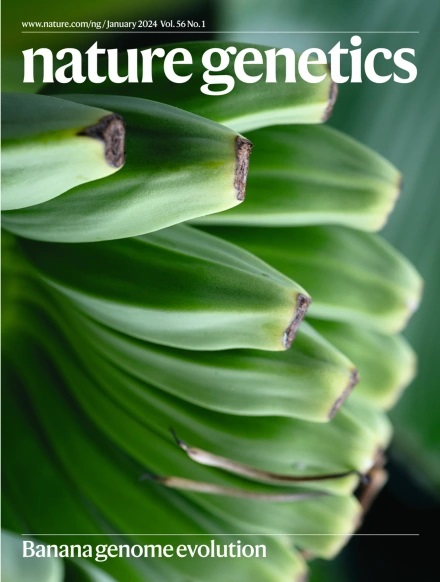Spatially resolved transcriptomic analysis of the adult human prostate
IF 31.7
1区 生物学
Q1 GENETICS & HEREDITY
引用次数: 0
Abstract
The prostate is an organ characterized by significant spatial heterogeneity. To better understand its intricate structure and cellular composition, we constructed a comprehensive single-cell atlas of the adult human prostate. Our high-resolution mapping effort identified 253,381 single cells and 34,876 nuclei sampled from 11 patients who underwent radical resection of bladder cancer, which were categorized into 126 unique subpopulations. This work revealed various new cell types in the human prostate and their specific spatial localization. Notably, we discovered four distinct acini, two of which were tightly associated with E-twenty-six transcription factor family (ETS)-fusion-negative prostate cancer. Through the integration of spatial, single-cell and bulk-seq analyses, we propose that two specific luminal cell types could serve as the common origins of prostate cancer. Additionally, our findings suggest that zone-specific fibroblasts may contribute to the observed heterogeneity among luminal cells. This atlas will serve as a valuable reference for studying prostate biology and diseases such as prostate cancer. Multi-omic analysis of the adult human prostate identifies spatially resolved cell populations with potential links to prostate carcinogenesis.


成人前列腺的空间分辨转录组分析
前列腺是一个具有显著空间异质性的器官。为了更好地了解其复杂的结构和细胞组成,我们构建了一个全面的成人前列腺单细胞图谱。我们的高分辨率制图工作鉴定了来自11名接受膀胱癌根治性切除的患者的253,381个单细胞和34,876个细胞核,将其分为126个独特的亚群。这项工作揭示了人类前列腺中各种新的细胞类型及其特定的空间定位。值得注意的是,我们发现了四种不同的腺泡,其中两种与e - 26转录因子家族(ETS)融合阴性前列腺癌密切相关。通过整合空间、单细胞和批量测序分析,我们提出两种特定的腔细胞类型可能是前列腺癌的共同起源。此外,我们的研究结果表明,区域特异性成纤维细胞可能有助于观察到腔细胞之间的异质性。该图谱将为研究前列腺生物学和前列腺癌等疾病提供有价值的参考。
本文章由计算机程序翻译,如有差异,请以英文原文为准。
求助全文
约1分钟内获得全文
求助全文
来源期刊

Nature genetics
生物-遗传学
CiteScore
43.00
自引率
2.60%
发文量
241
审稿时长
3 months
期刊介绍:
Nature Genetics publishes the very highest quality research in genetics. It encompasses genetic and functional genomic studies on human and plant traits and on other model organisms. Current emphasis is on the genetic basis for common and complex diseases and on the functional mechanism, architecture and evolution of gene networks, studied by experimental perturbation.
Integrative genetic topics comprise, but are not limited to:
-Genes in the pathology of human disease
-Molecular analysis of simple and complex genetic traits
-Cancer genetics
-Agricultural genomics
-Developmental genetics
-Regulatory variation in gene expression
-Strategies and technologies for extracting function from genomic data
-Pharmacological genomics
-Genome evolution
 求助内容:
求助内容: 应助结果提醒方式:
应助结果提醒方式:


